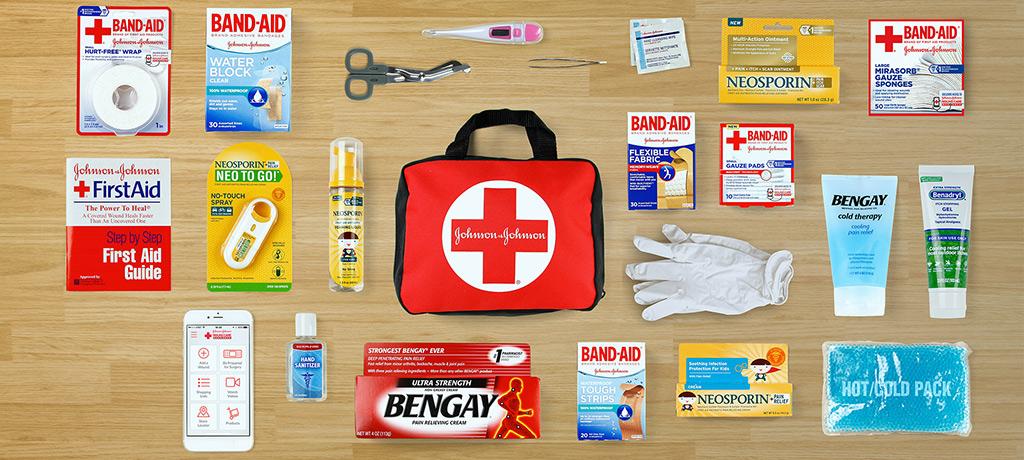.png)
Supplies and Equipment
This is the most important resource that you should be packing.A person can live even without three weeks of food but can only last for about three days without water. You should pack enough water that could last for at least three days.
Store non-perishable foods that could last for at least three days. Include foods that do not require to be refrigerated; compact and light.
.png)
Examples:
Plasters varying in sizes
Disposable sterile gloves
Sterile gauze dressings
Scissors
Sterile eye dressings
Tweezers
Bandages
Alcohol
Safety pins
Thermometer
Insect repellents
Medicines
Antiseptics
Cotton
Examples:
Paracetamols
Anti-diarrhea
Antacid

Battery-operated radio and batteries Whistle: Whistle is a cheap yet effective way for survival. It allows you to get the attention of anyone and signals that you are in danger. It is important that everyone carries a survival whistle.

Mandatory evacuation is a situation where the national officials encourage immediate evacuation from the affected areas during emergencies or disasters.
A copy of the Evacuation plan is displayed on the walls of every room in the hospital.
It is located on the wall beside the doors.
During an emergency, a mandatory evacuation will be announced through the speaker
that can be heard from the whole hospital.